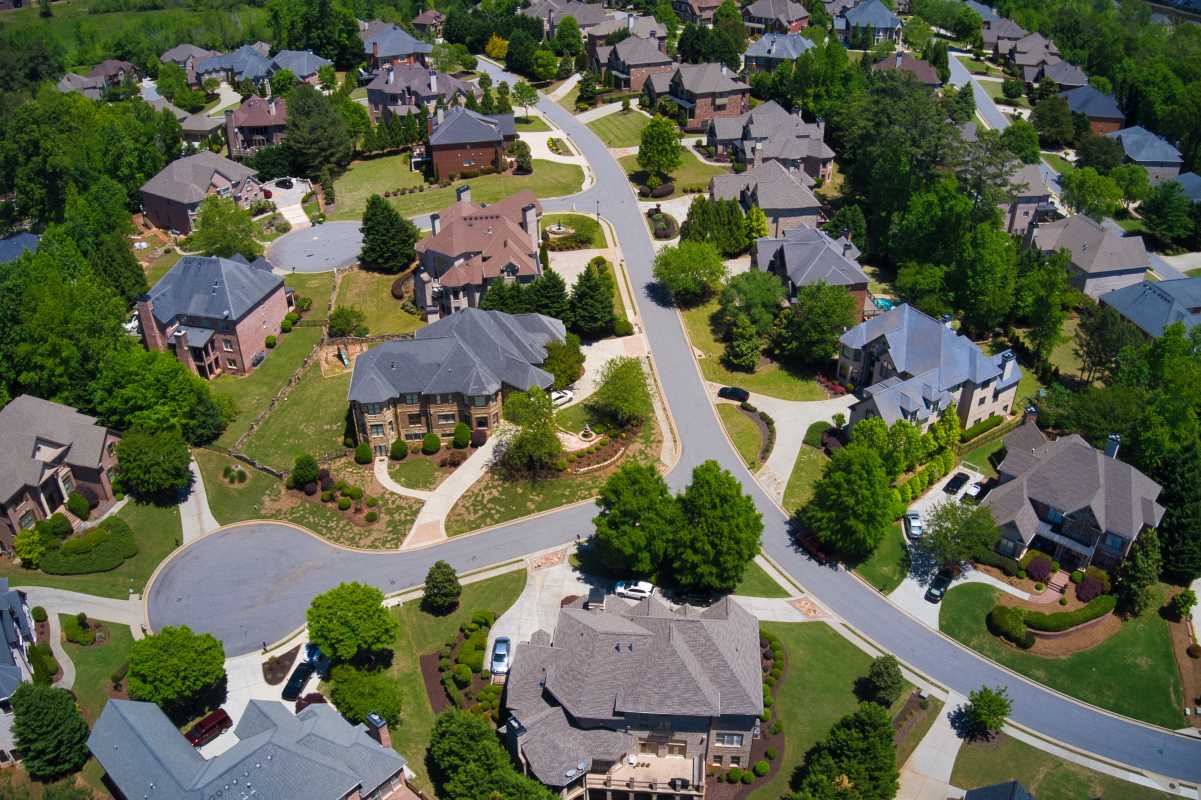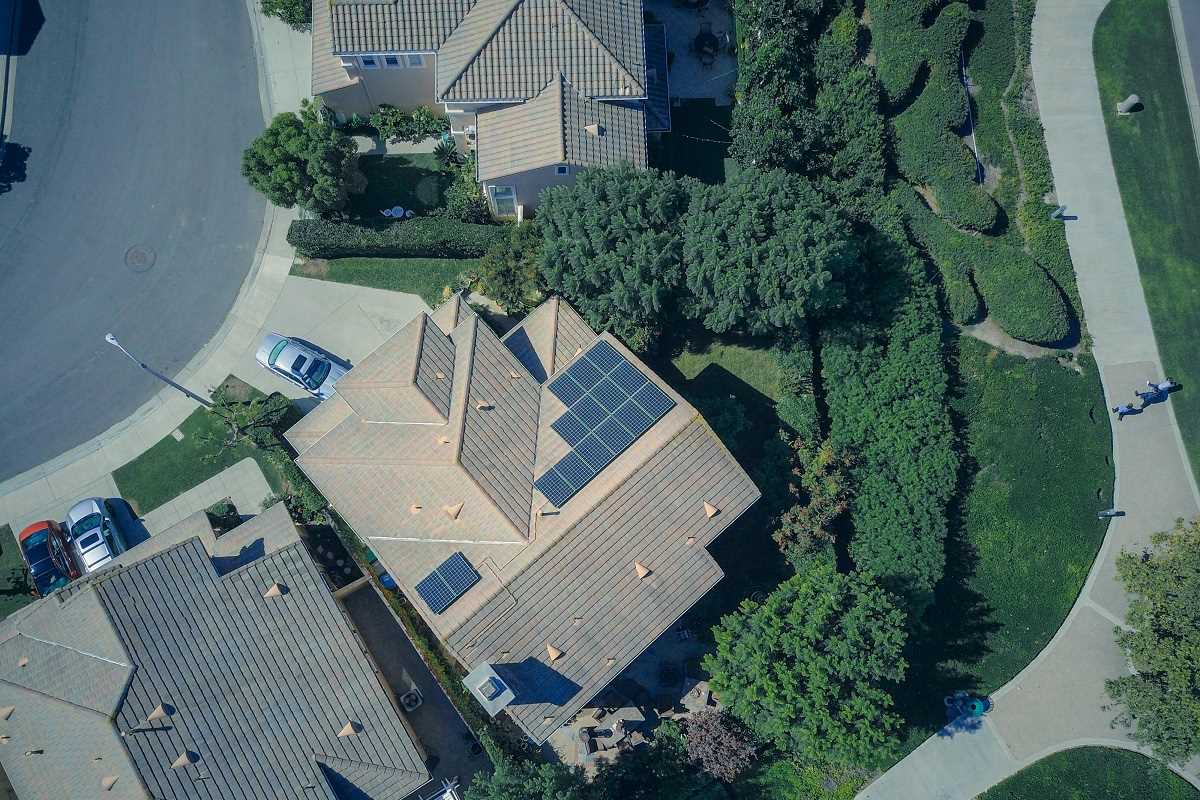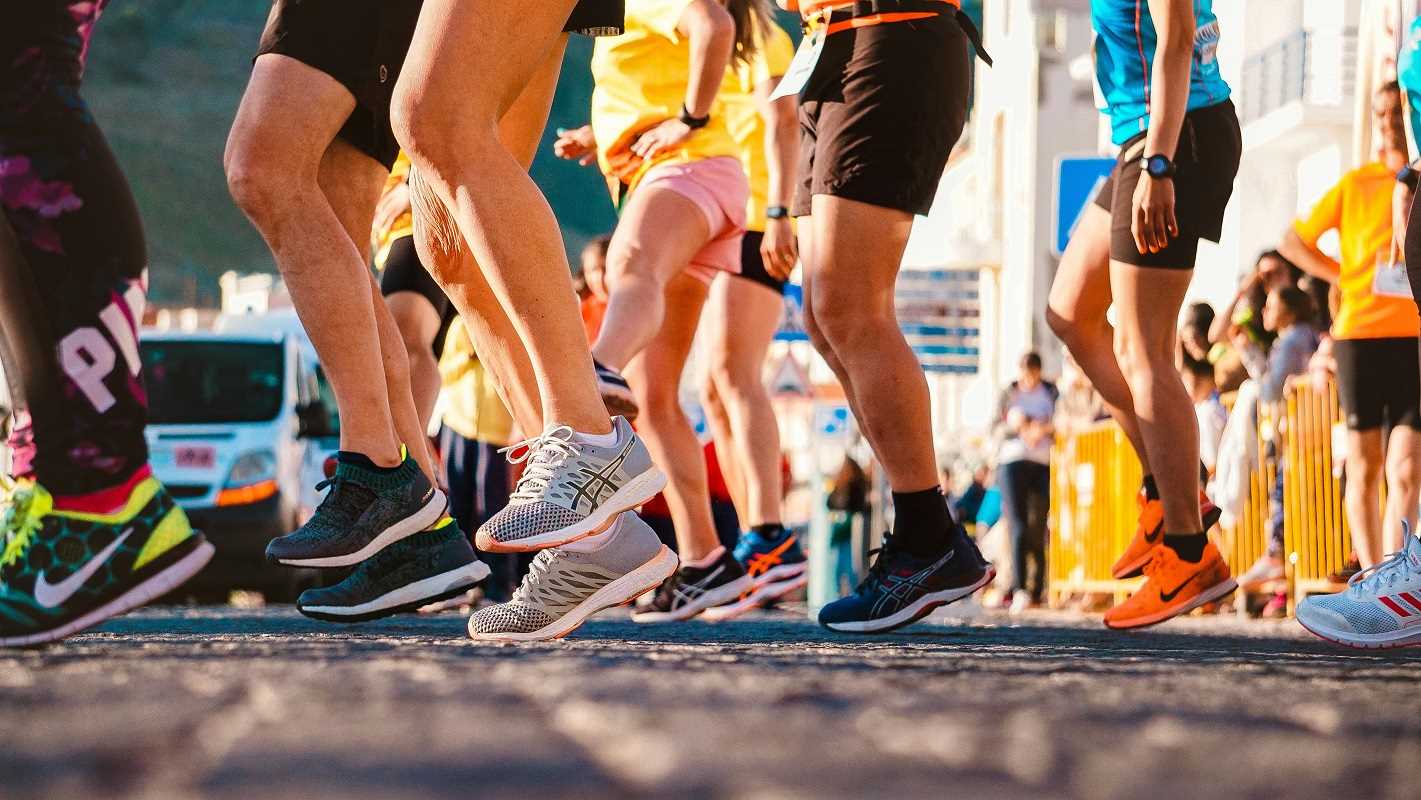Neighbors often notice small changes before anyone else, making them essential to building a safe and connected community. This article introduces fresh perspectives and hands-on ideas that make it easier to stay alert and involved in neighborhood safety. You will explore creative ways to boost involvement, along with simple activities that anyone can try. Real-life examples and straightforward guidance show how you can play a key role in bringing people together, no special experience required. Your willingness to participate is all it takes to help your local area become a place where everyone feels secure and supported.
New Perspectives on Community Vigilance
Neighbors often discuss patrol routines or posted flyers, but changing the focus reveals deeper connections. When you notice changes in daily patterns—like fewer cars parked on a street corner—you can identify evolving routines or new residents who need a welcoming handshake. Observing irregular pet-walking schedules might indicate a household’s altered rhythm, prompting friendly check-ins.
Connecting local art projects or community gardens to watch programs combines safety with social events, turning casual hobbyists into alert partners. This method shifts guard duty into shared creativity, prompting residents to observe unusual activity while caring for flower beds or painting murals. In one neighborhood, artists and grocery volunteers shared observations informally after potluck gatherings, strengthening trust.
Fostering a public safety mindset during everyday chores—like mail deliveries or dog walks—adds layers of observation without extra meetings. When trash pick-up volunteers report broken streetlights or spilled chemicals alongside litter, they reinforce their role as active eyes on the street.
Immediate Action Steps for Quick Results
- Local Bulletin Threads: Create a neighborhood texting group to share quick alerts about suspicious vehicles, strange noises, or unusual deliveries. Start by setting up a free group chat on an existing messaging app, invite five core volunteers, and establish simple rules for tagging messages by type. Keep an eye on message frequency to ensure signals remain useful. Use a platform with end-to-end encryption for privacy and assign moderation roles to rotating members.
- DIY Curbside Sign Rotations: Make laminated sidewalk displays that change weekly to highlight safety topics—like crosswalk checks, porch light reminders, or resource hotlines. Gather local families for a monthly craft night, print icons on cardstock, and attach Velcro strips for easy swapping. Provide sets with installation tips—mount at eye level and secure with weatherproof straps. Track rotation schedules on a shared calendar to keep the displays fresh.
- Window Watch Rotations: Mark visible windows with small colored tags on fridge magnets. Each week, a different household volunteers to scan the block from their window, record anomalies in a shared spreadsheet, and notify neighbors if patterns appear. Offer a downloadable template, a quick video tutorial, and suggest using a simple spreadsheet app to log dates and observations. Rotate observation duties so every home participates equally.
- Neighborhood Walk Audits: Plan biweekly safety walks at convenient times, map clear routes, and pair neighbors with complementary schedules—such as a morning commuter and an evening remote worker. Provide printed checklists covering lighting, sidewalk hazards, and visibility around corners. After each walk, post findings to a public digital board accessible via QR code. Encourage pairing newcomers with experienced residents to promote inclusion.
- Community Bulletin Boards: Repurpose an unused section of a park shelter or grocery store entrance into a dedicated safety message center. Secure a weatherproof board, staple durable envelopes for flyers, and install lockable pouches for quick phone number exchanges. Invite local nonprofits or first responders to add flyers once a month. Use colored thumbtacks to categorize alerts—green for updates, red for urgent notices, blue for resources.
Follow Progress with Community Surveys
Gathering feedback from residents helps ensure your efforts match the community’s needs. Create a short online survey about perceptions of lighting, crosswalk safety, and neighborhood events. Limit the survey to five questions and distribute the link through social media, email, and printed QR-code handouts. Keep it under two minutes to encourage participation.
Review survey responses each month and share summaries at block parties or online forums. Celebrate small successes—such as a fundraiser that paid for sidewalk repairs—to boost morale. Adjust safety measures based on trending concerns rather than assumptions, making sure each activity reflects community priorities.
Partner with Local Organizations
- Invite the city’s street maintenance team to a quarterly meet-and-greet at a park, offering coffee and pastries. Talk informally about recurring pothole hotspots and schedule visits to inspect crosswalks. Share photos of damaged signs to speed up repairs and build rapport.
- Collaborate with nearby schools and parent-teacher groups to develop student-led safety murals along key routes. Request minimal paint contributions from the school’s budget and place murals near crosswalks to naturally slow traffic and raise driver awareness.
- Work with local libraries to host guest speakers on neighborhood issues, reserving free meeting rooms and offering light refreshments. Invite law enforcement representatives to discuss simple crime-prevention tips and distribute door-hanger flyers with emergency contact numbers.
- Partner with faith groups to include safety briefings during weekly gatherings. Provide talking points about reporting nonemergency concerns and share printable tip cards for distribution in fellowship halls or community kitchens.
- Join with nearby fitness clubs for “safety jogs,” during which runners observe street conditions, take geo-tagged photos of hazards, and log them in a shared app. Offer small rewards—like branded water bottles—to consistent volunteers.
Keep Up the Momentum with Community Events
- Organize a quarterly “Safety Open House” at a community center: set up themed stations—light bulb exchanges, emergency contact sign-ups, and hazard mapping corners. Change times to include mornings, evenings, and weekends to reach different schedules.
- Arrange a “Chalk Your Concerns” block party: provide sidewalk chalk, encourage families to draw areas needing attention, and photograph each picture. Compile images into a PDF report for city officials and follow up on repair timelines.
- Plan seasonal potluck picnics where attendees bring a small contribution and one comment about local conditions—such as a loose grate or flickering streetlamp. Record notes on an easel, assign volunteers to verify repairs, and celebrate completed tasks at the next gathering.
Applying these insights and actions builds active communities from casual neighborhoods. Consistent effort, open communication, and creative partnerships help everyone stay engaged and ready to respond.
 (Image via
(Image via


.jpeg)


